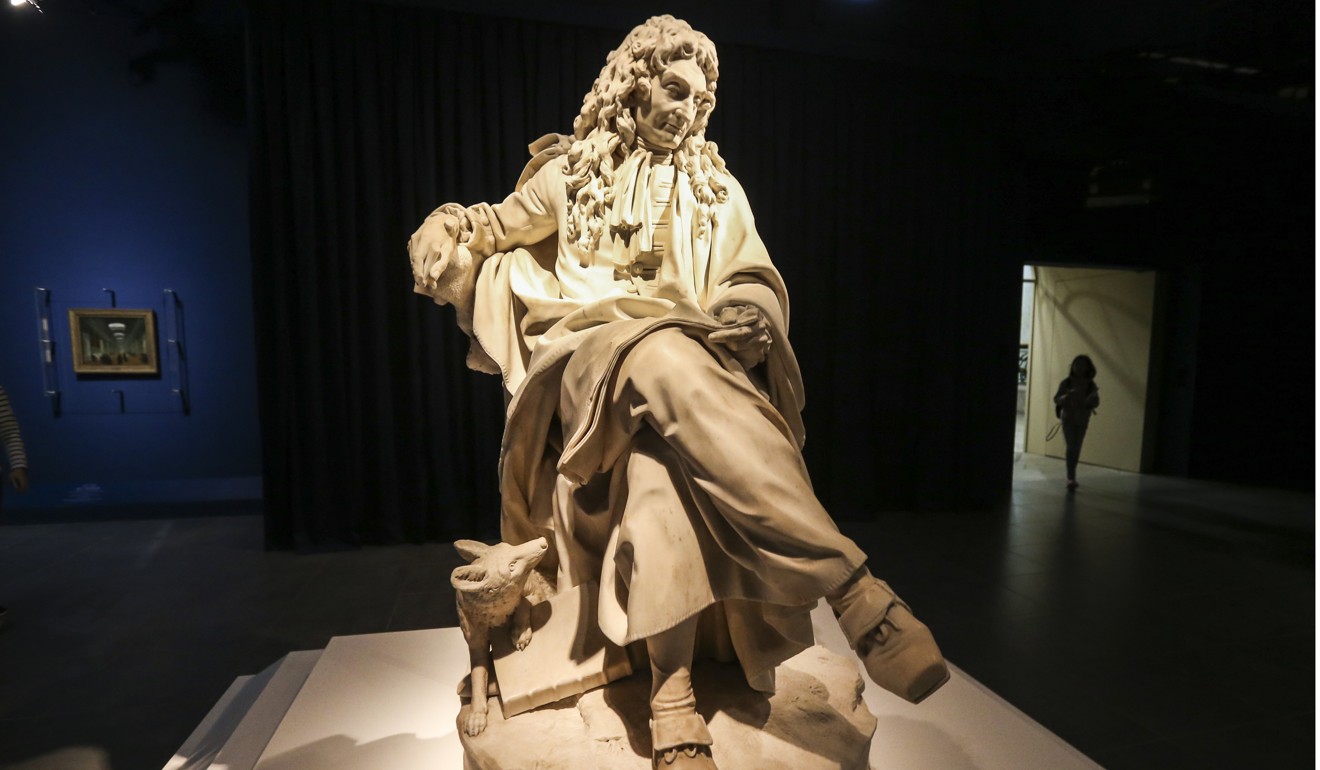
Inventing Le Louvre exhibition at Hong Kong Heritage Museum tells eye-opening story of the Parisian institution
Exhibition includes Egyptian and Near Eastern antiquities, Napoleonic artwork, and Italian masterpieces, and marks 25 years of Le French May festival and 20th anniversary of Hong Kong’s handover

“Inventing Le Louvre: From Palace to Museum over 800 Years” is a show of force by one of the greatest museums in the world. It also usefully provides a refresher course on French history – and coincidentally comes after French citizens once again exercised their right to oust the political establishment.
The exhibition at the Hong Kong Heritage Museum features more than 120 pieces taken from all major departments of the Paris institution. Together, they tell the story of how the Louvre has been moulded by pivotal events in the country over the past 827 years.

The Louvre began life as a medieval riverside fortress in 1190, but as the city expanded beyond its original walls, the structure slowly lost its military value. In the 14th century, reigning monarch Charles V decided to turn it into a grand, royal residence, having deemed the location safer than his existing dwellings in the centre of the city following setbacks at the hands of the English during the Hundred Years’ War.
Francois I, the French king who loved Italian Renaissance art, demolished the old medieval building in the 16th century and then, later, rebuilt it in the Renaissance style. He convinced Leonardo da Vinci to move to France, and to bring with him the artist’s prized painting of a certain Lisa Gherardini, which ended in the royal collection.
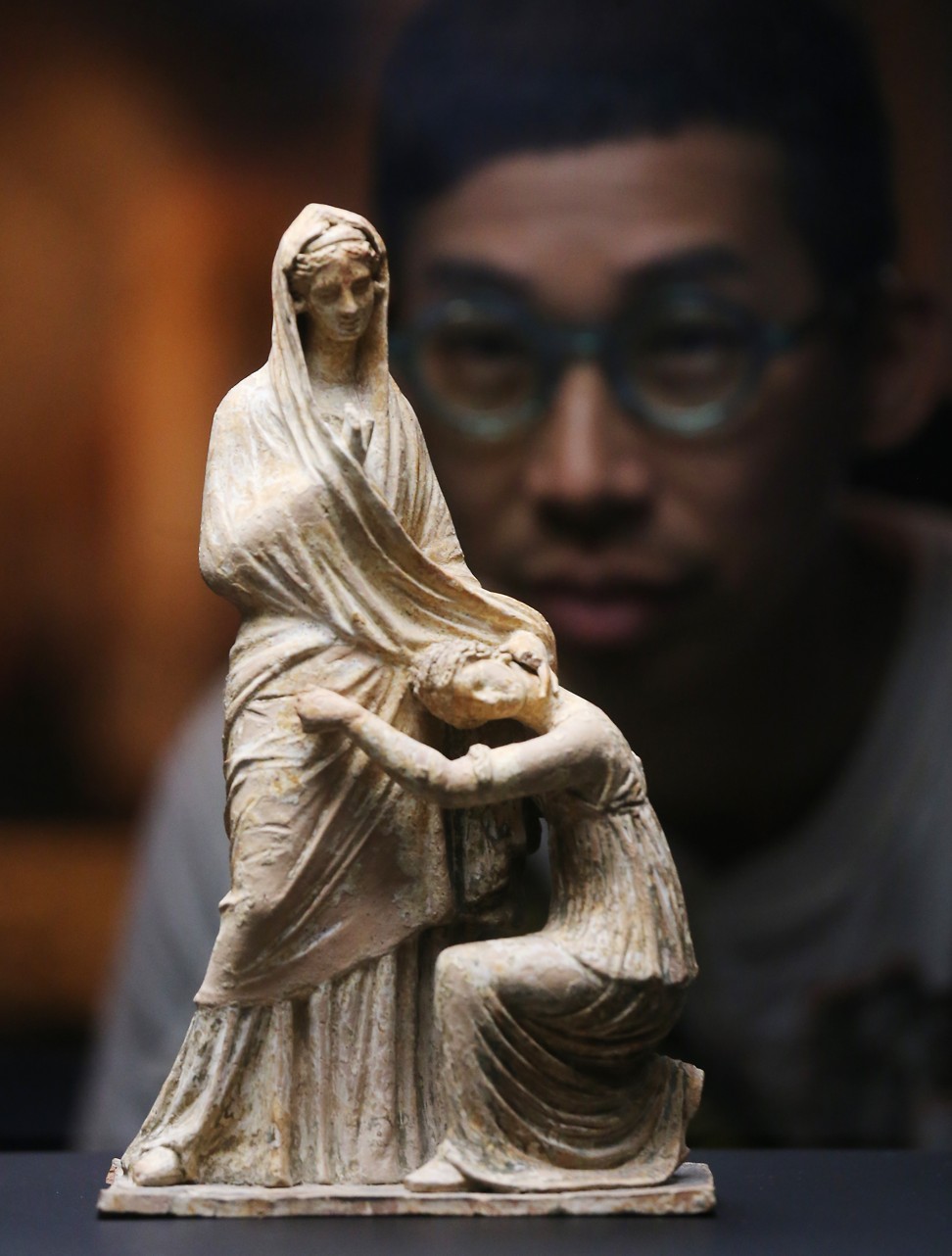
Later, Louis XIV moved the royal household to the Palace of Versailles and made the Louvre Palace into a showcase of the royal collection, which was turned over to the public during the French revolution in 1793. The old palace became the Musée du Louvre, constantly adding to its collection through acquisitions or gifts – or through pillage, as during the period when Napoleon ransacked countries such as Italy and Egypt and shipped countless treasures to the Louvre.
The museum has continued its transformation in the modern age. It was rebuilt and expanded by architect I.M. Pei for its 200th anniversary reopening in 1993. More recently, it has blazed the trail for the trend of decentralised museums, launching a new outpost in Lens, northeast France, in 2012 with another planned for Abu Dhabi later this year.
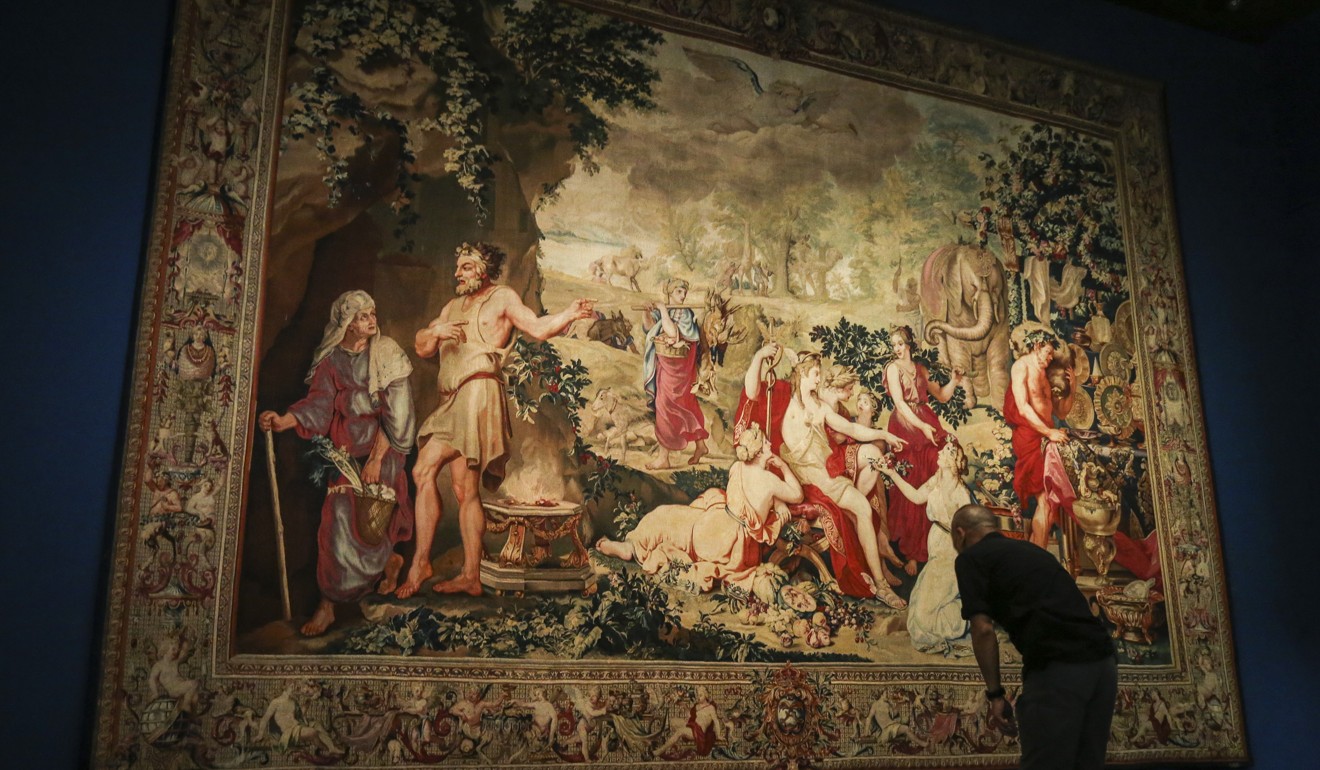
All this history is interspersed among an extraordinary collection that was shipped to Beijing’s National Museum of China and has now made it way to Hong Kong as a special programme to mark the 25th anniversary of Le French May festival and the 20th anniversary of Hong Kong’s handover.
The Louvre’s department of Egyptian antiquities has brought over an eye-opening selection. It includes a statue of a seated scribe made more than 4,000 years ago; the Stele of Ur-mau, a slab of limestone covered in mysterious hieroglyphics; and a segment from the Book of the Dead of Nesmin, a painted papyrus from the period 378-341BC.
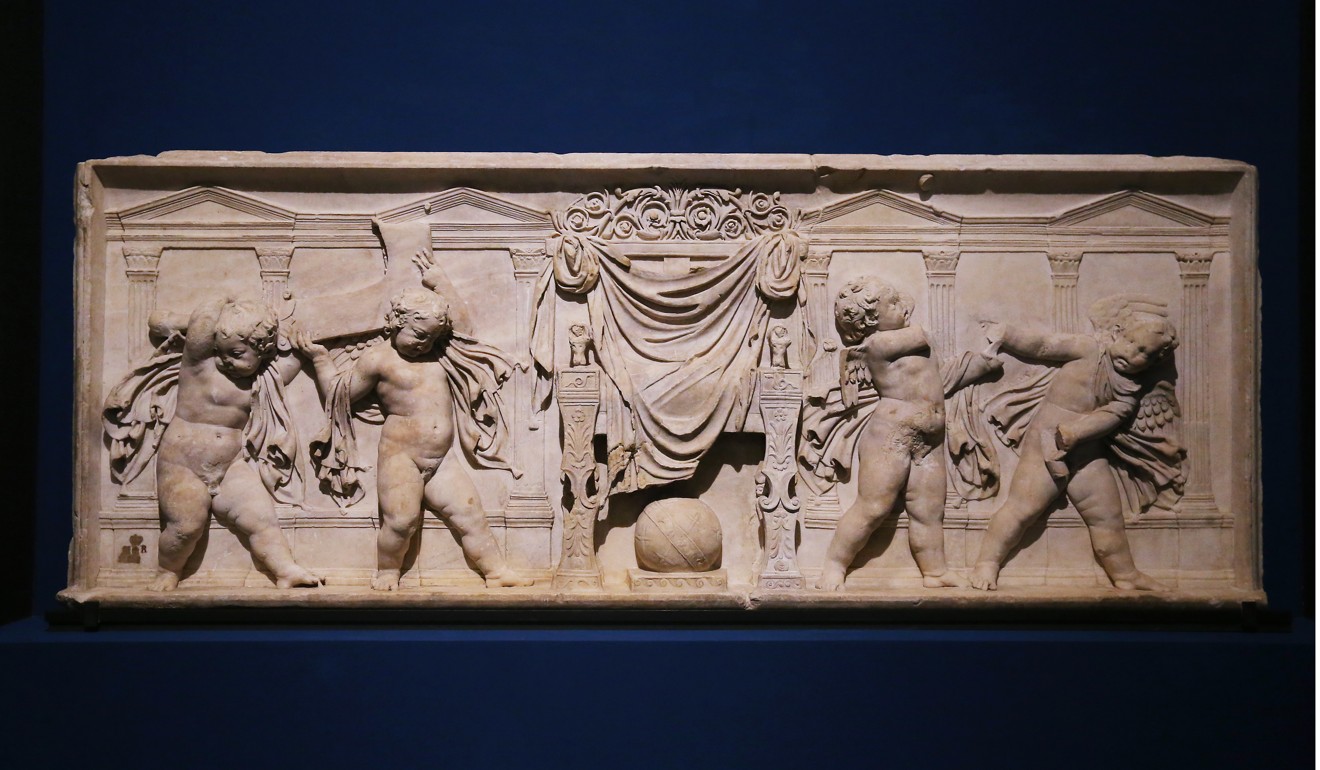
Equally ancient pieces can be found in the section from the department of Near Eastern antiquities, such as a large statue of Prince Gudea, a Mesopotamian ruler of the state of Lagash, which today is located in Iraq.
Another area is dedicated to Napoleon, including a large portrait of the French leader in his coronation robe, and a portion of the carpet from the throne room of the Tuileries Palace, his chief residence, which was burned to the ground in 1871.
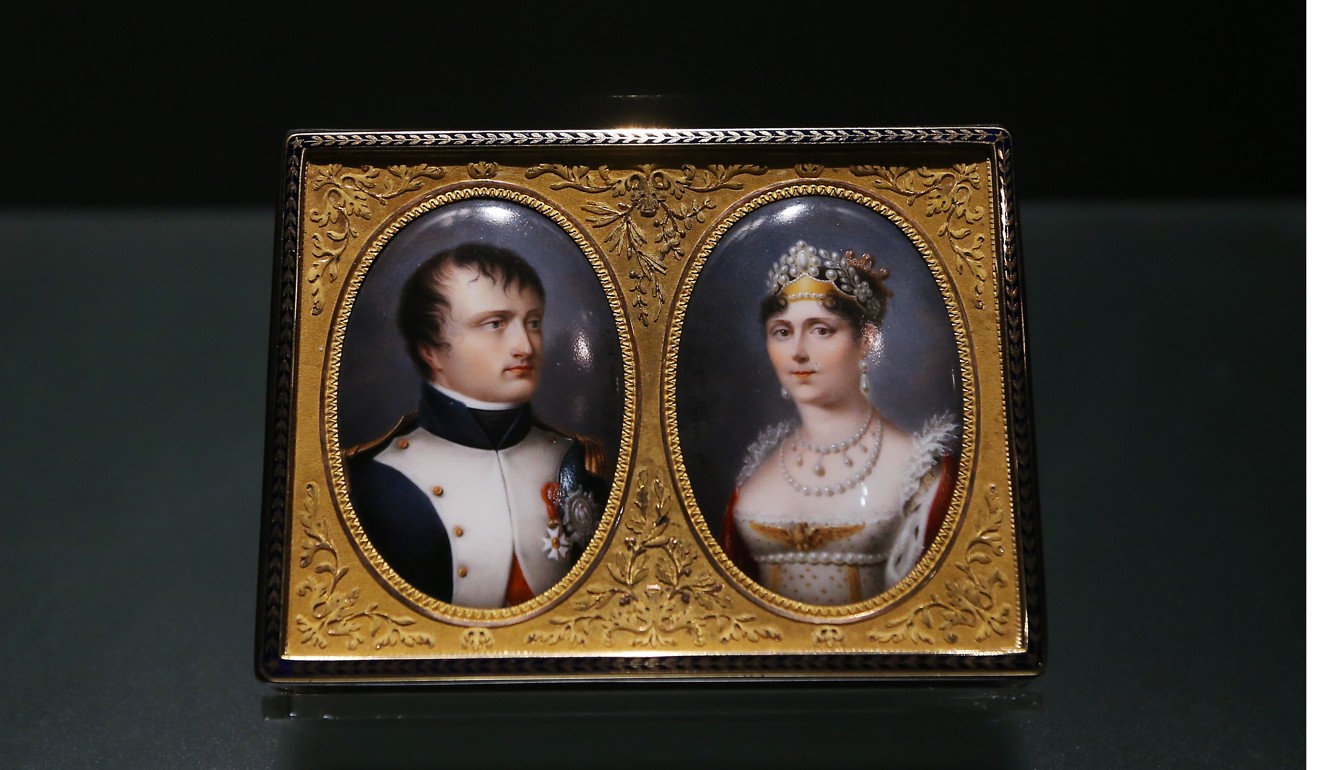
Elsewhere there are magnificent Italian sculptures and paintings by Eugène Delacroix, Jacques-Louis David, François Boucher, Peter Paul Rubens, Nicolas Poussin, and many other masters.
As Hong Kong considers how it ought to build its own world-class museums, the Louvre exhibition highlights the historic advantages that have allowed Western nations to build such grand, universal institutions.
The debate over whether countries should get to keep treasures taken during periods of military and economic might from countries experiencing the opposite is still very much alive. Western institutions such as the Louvre and the British Museum have always inveighed against returning foreign treasures, arguing that they provide safe and accessible facilities for the world to visit. In fact, the Louvre is now building storage and conservation facilities to act as temporary sanctuary for artefacts rescued from war zones.
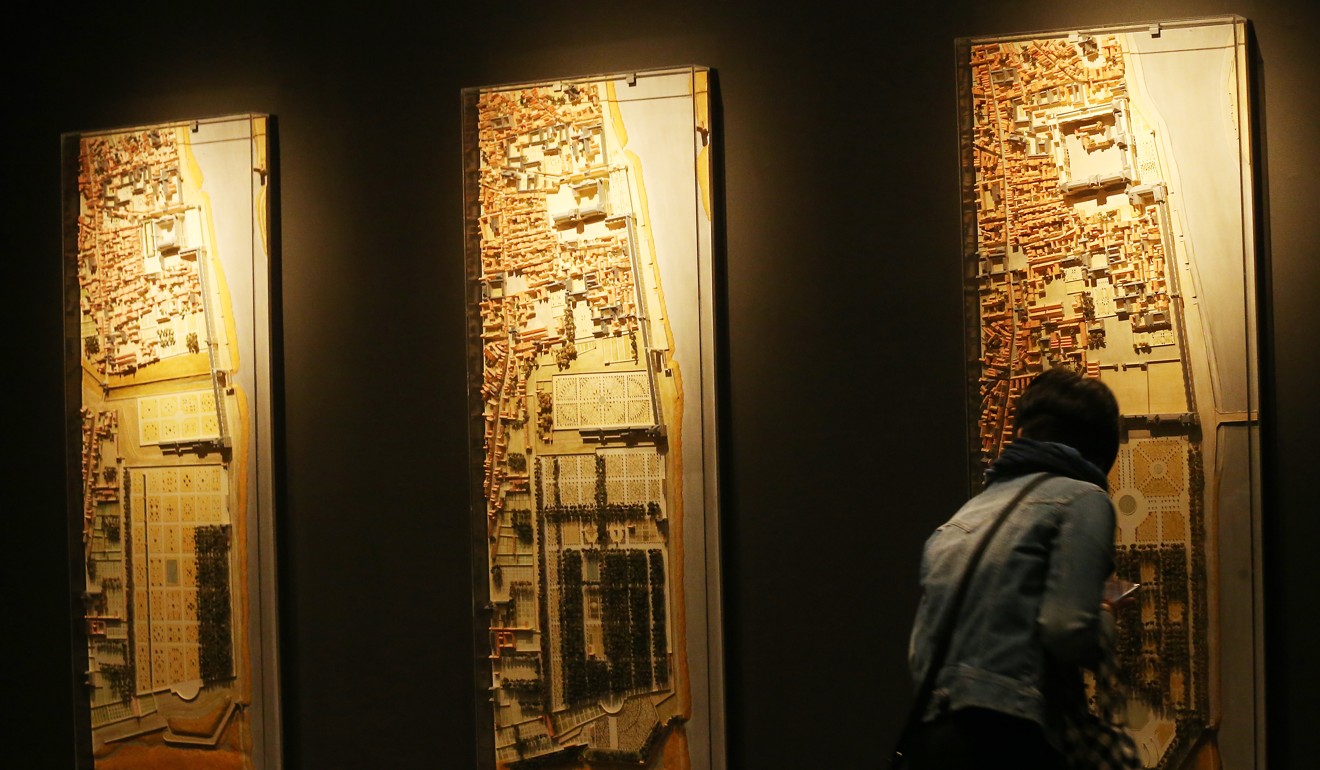
Regardless of one’s position on the matter, Inventing Le Louvre is a generous taster of the real thing in Paris. Much credit should also be given to the Hong Kong Heritage Museum for dressing up the entire first floor into a temporary representation of the iconic institution.
One negative is that only the most basic information is provided for each piece, which seems to be a missed opportunity to explain just how significant some of them are.
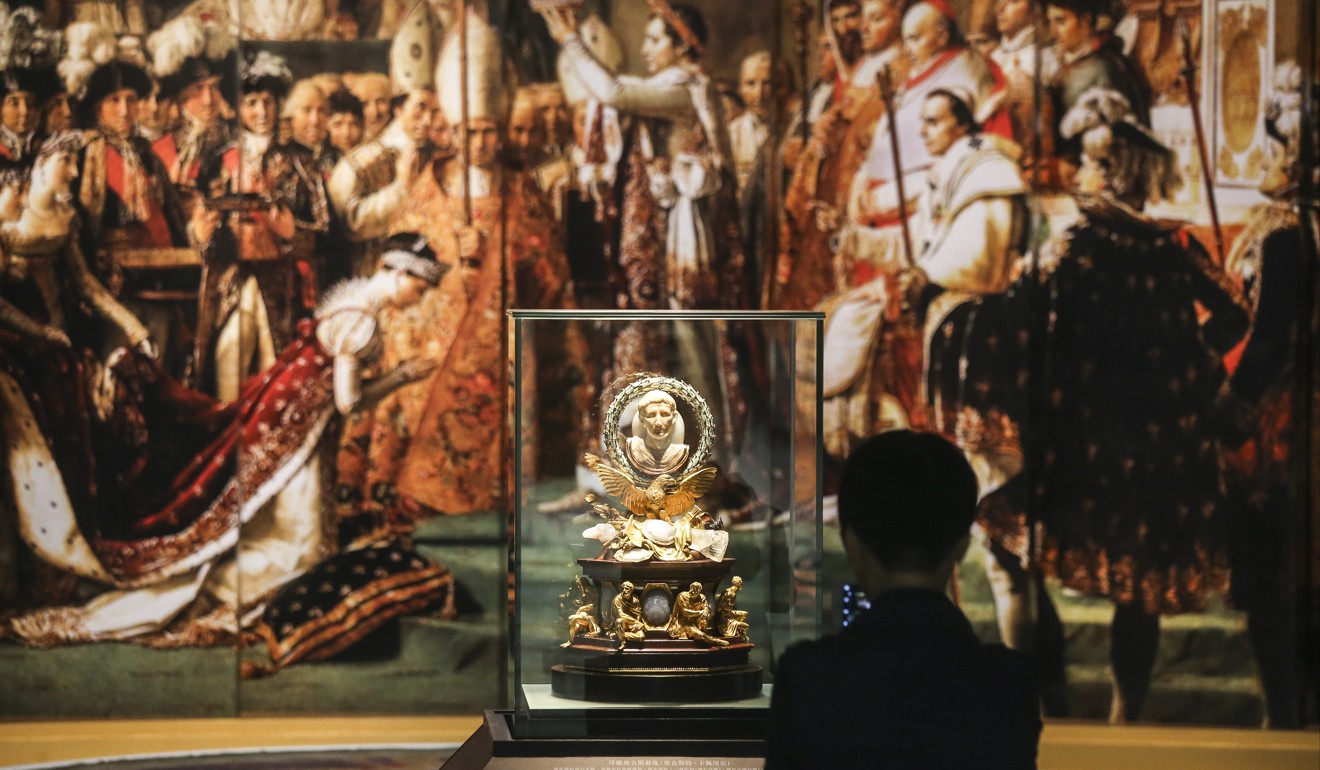
One piece, however, needs little explanation: a 13th-century copper alloy ewer (water jug), hailing from Syria or northern Iraq and covered in both Christian and Islamic decorations, is a stunning reminder of how certain fault lines may be less entrenched than they seem today. The final piece in the exhibit, it serves to show why, really, the world needs museums.
Inventing Le Louvre: From Palace to Museum over 800 years, Hong Kong Heritage Museum
Mon, Wed-Fri 10am-6pm, Sat, Sun and public holidays 10am-7pm. Until July 24